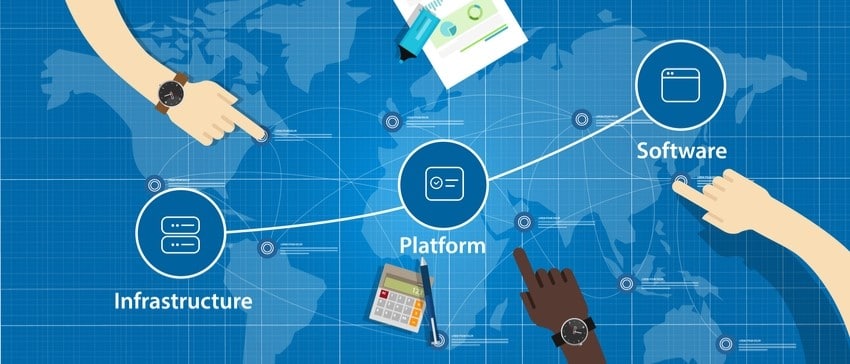Direct procurement happens when an entity invites a sole entity to supply goods and services without being subjected to a competitive process. Both public and private institutions have procurement provisions requiring competitive bidding before awarding contracts to suppliers. However, there are situations where the direct procurement method is deemed fit.
The first scenario would be where an invitation for bids was sent out but no bids came in. The bids that come in may also not be good enough in terms of the capacity of applicants to fulfill the contract. In such a scenario, the organization may be forced to contact a supplier directly and invite them to bid. This is common in highly-specialized industries where one company might be serving a whole region on its own.
When the Value of Goods and Services is Low
In cases where the cost of the bidding process exceeds the value of goods and services in question, a direct procurement method may be supplied. It may also be the case that expected differences between the quotes of different suppliers is low and, therefore, a competitive bidding process does not save the organization money. In both cases, direct procurement may happen.
Urgent Cases
There are situations where the urgent nature of a need means that there is no time for a competitive bidding process. For instance, if a country needs to boost the production of certain items during the war, there is likely to be a lot of direct procurement by the government to plug shortages of weapons, drugs, food, and military clothing. Natural calamities such as cyclones that cause significant damage and disruptions lead to a surge in the demand for certain supplies that local authorities have to acquire within a short time.
Avoiding Compatibility Problems
When an organization needs additional supplies after delivery of others, they may opt to source from one the same supplier to avoid compatibility issues. If a given hardware manufacturer has supplied 90% of an organization’s hardware, it may be seen as prudent to stick to their brand to avoid discontinuity due to incompatibility. Staff may also be already used to working with items from a certain brand. A shift may require them to familiarize themselves with the new hardware or software, which might lead to quality inconsistencies.
Protection of Intellectual Property
When procuring innovation, an organization will approach another company and request the development of a product or a method of solving a problem. When the supplying company develops the prototype, they will be likely to develop the product fully in order to protect their IP rights. Research institutes win such contracts whenever they are tapped to solve a problem.
Ongoing or Repeat Services
In some procuring scenarios, an organization earns rewards for the continued use of services from a given company. This is common in the insurance industry. The initial contract award may have been subject to a competitive bidding process. However, as time goes by, it may become harder to get through a competitive bidding process because the current supplier improves their offering to reward loyalty. Still, this approach will depend on the internal procurement governance rules of each organization.
Unique Conditions
There are certain conditions that force an organization’s hand leading to direct procurement. For instance, some acquisitions may be a result of liquidations, insolvency, forced sales, or legal forfeitures. If the property is up for sale in an auction, the procuring party is free to participate in the auction.
Managing The Process Properly
When sourcing goods directly from a supplier, a number of measures have to be put in place to protect the organization from potential maverick spending. First, the organization should have a comprehensive list of goods and services that can be procured directly from a supplier. This eliminates any ambiguities when deciding on how to go about the procurement of a given item. In addition, there should be a detailed procedure of how to carry out the process. This includes the proper documentation to be used and retained for future review.
The Benefits of Direct Procurement
The direct approach to procurement presents some unique opportunities for organizations. It can reduce the communication workload for the procurement department by reducing the number of external parties they are in contact with. In addition, when dealing with one supplier of a particular service or good, there is some assurance about quality consistency. It’s also easier to assess contract performance when dealing with a smaller number of suppliers with whom the business has conducted business for a long time.
Getting the Right Tools
Procurement contract management tools are quite important even when dealing with a sole supplier for a given service or good. Procurement technology improves operational performance by automating some internal processes involves in the performance of a contract. For instance, invoice processing whenever a delivery from a supplier happens can be automated for payment. The automated processing would involve checking the invoice against source documents, including the purchase order.
Technology tools add visibility to the direct procurement process by enabling tracking of important metrics. Such metrics would be order volumes over time, prices per unit, any quality faults, and delivery times. These are important for relationship management.
Finally, technology standardizes the direct procurement workflow so that every transaction can be traced to its origin. This enforces responsibility which curbs irresponsible or unauthorized spending within a business.https://procureport.com/
If your business needs e-procurement tools, check out ProcurePort’s offerings. We are the world’s leading provider of e-procurement solutions.










